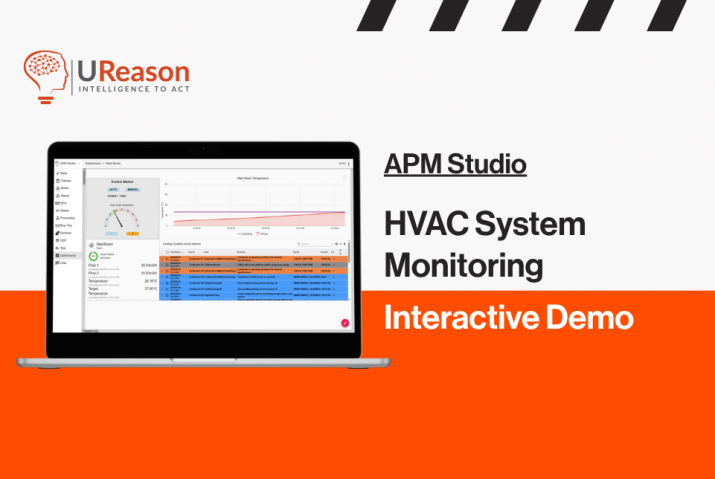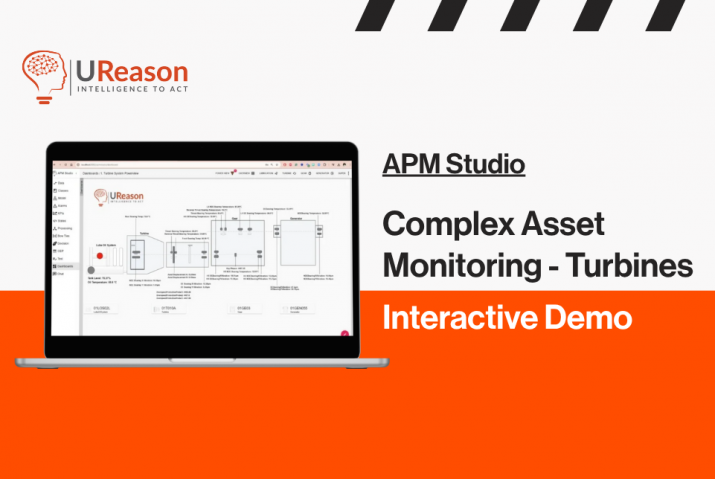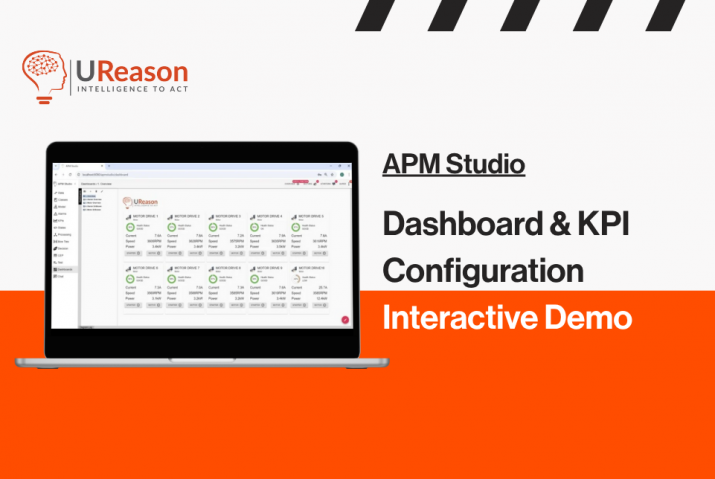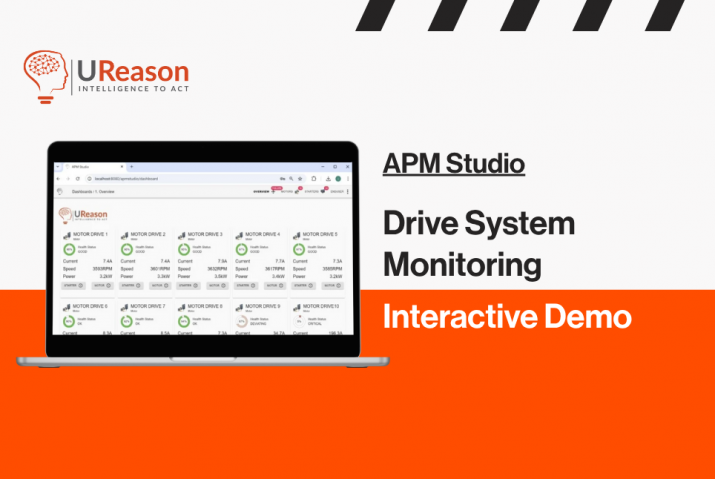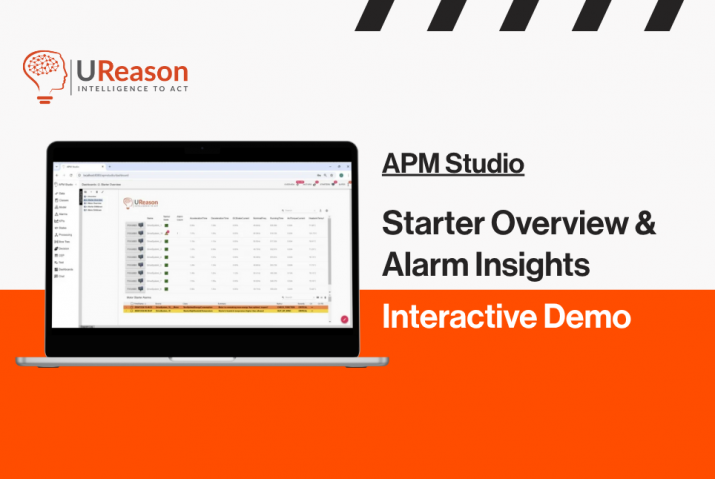The Industry 4.0 pundits talk about the huge benefits that will accrue to your plant or your multi-plant enterprise by installing Industry 4.0 applications. In large part, pushing data to the cloud-based servers; installing new sensors to track non-process variables; developing remote management capabilities — and all the other Industry 4.0 ideas — will at some point begin to generate value, but in most cases, there is no revenue you can point to and say “This came from Industry 4.0.” Not directly, at any rate.
At the plant level, if you cannot show value in the form of either revenue or cost savings, you will not likely get approval for your project, even if it has the magical Industry 4.0 label all over it. At the plant, the plant manager has to juggle all sorts of project proposals, like re-paving and re-striping the parking lot, ordering a new coffee maker for the break room, or repainting the employee showers in the locker room. Your Industry 4.0 project will probably get lost and not get funded.

So, what do you do? You find a project that is practical and can be shown to create value (maybe even some revenue) immediately.
What’s the opposite of creating value? Creating cost. What’s the single most effective way to create unnecessary cost? Unplanned shutdowns due to equipment failure. Every plant maintenance department has a list of frequent equipment failures with pumps, motors, drives, compressors, and control valves leading the list. We call these devices “bad actors” because we see them fail on a regular basis. Let’s take a look at one of them — control valves.
Every process plant and many discrete plants have dozens of control valves. These valves are of different ages, different manufacturers, with different service histories, and different components, internals and trim. No plant has only one kind of control valve. Each type of control valve has a different failure mode and failure rate. Some control valves regularly have diaphragm failures, while others have actuator failures. Some control valves have regular failures of the valve trim due to corrosion or abrasion. The “bad actors” are named so because they are the most regular failures, and they fail in the same ways each time. The problem is that they don’t fail at the same time, and they tend to fail off-shift when nobody is there to diagnose the failure.
Most plants compromise and do either full stroke or partial stroke testing. This shows whether the actuator is stuck or not. It can sometimes show if there is stiction in the actuator or not, or whether the internals are connected to the actuator. But they can’t tell you about increasing stiction, or non-linearity, nor can they give you any idea when a failure might occur.

If you can prevent an unplanned shutdown, you have created value. But if you can show that you reduced maintenance expenses and prevented unplanned shutdowns, you will be a hero!
So how do you do it? You already have all the data you need. You have the setpoint. You have the valve position or the process variables: flow/pressure/temperature/level data.
You can use UReason’s Control Valve App—a simple, stand-alone app that will take the data you already have, and use it in an AI-based analysis engine to tell you which control valves will fail soon and when. It is a great application of Industry 4.0.
The Control Valve App (CVA) is based on UReason’s extensive expertise in valves, actuators, and the relevant processes. It uses intelligent models that combine domain knowledge and artificial intelligence (AI) to provide immediate detailed analysis of the process and recommendations for control valves. In the basic app, a PDF report is the output, while the premium version can have an online dashboard and provide job orders in the maintenance management system of the plant.
Are you interested to learn more about the benefits and functionalities of the app? You can download the brochure by filling in the form below.
Download Control Valve App brochure
Get more information about how Control Valve App can optimize your valve maintenance and operations.

